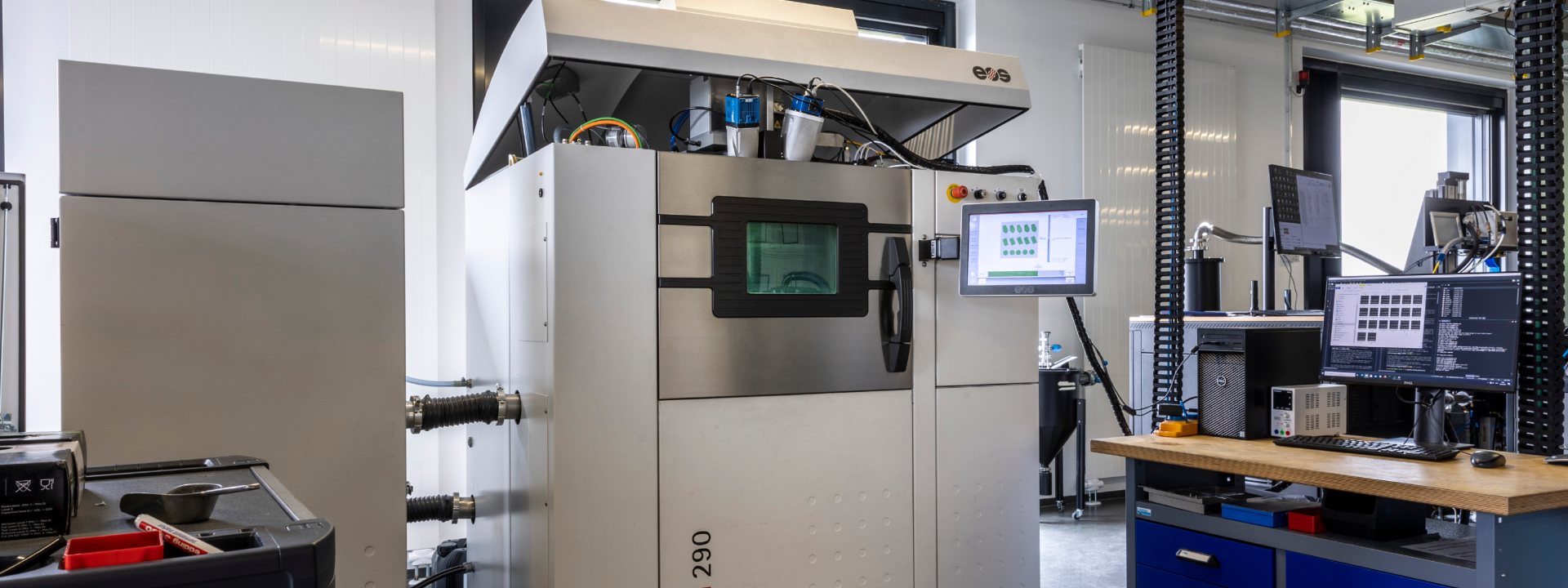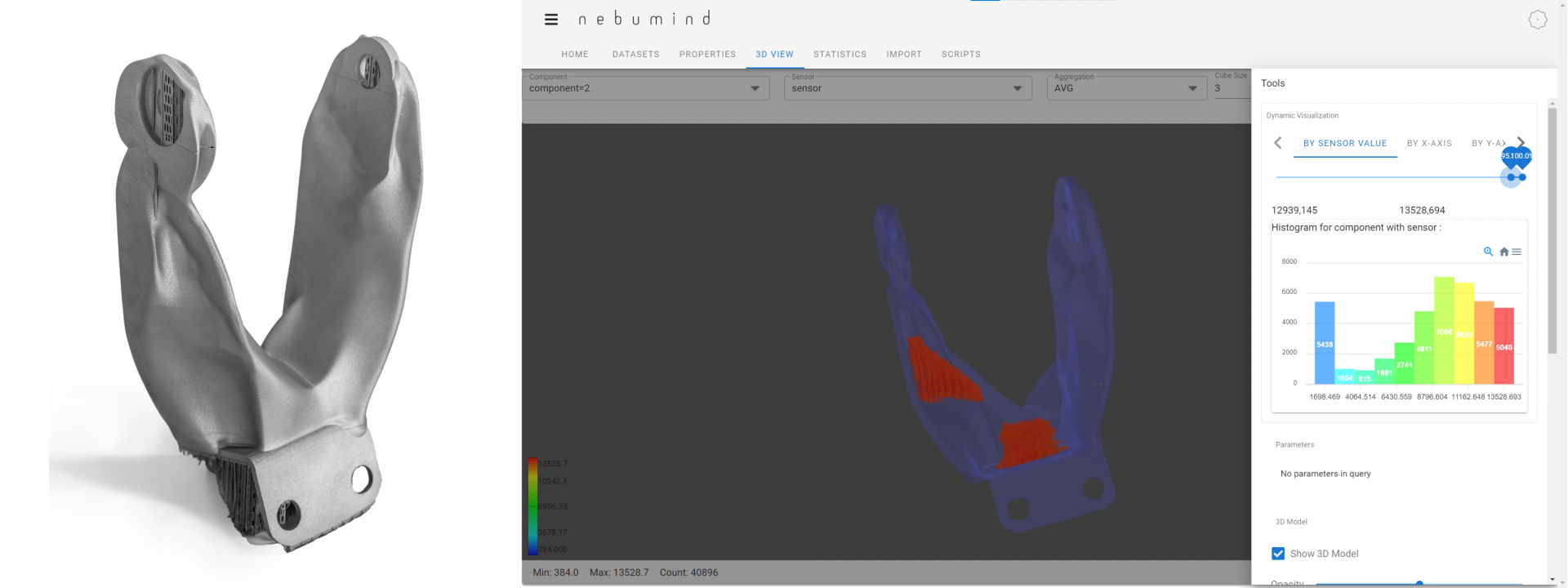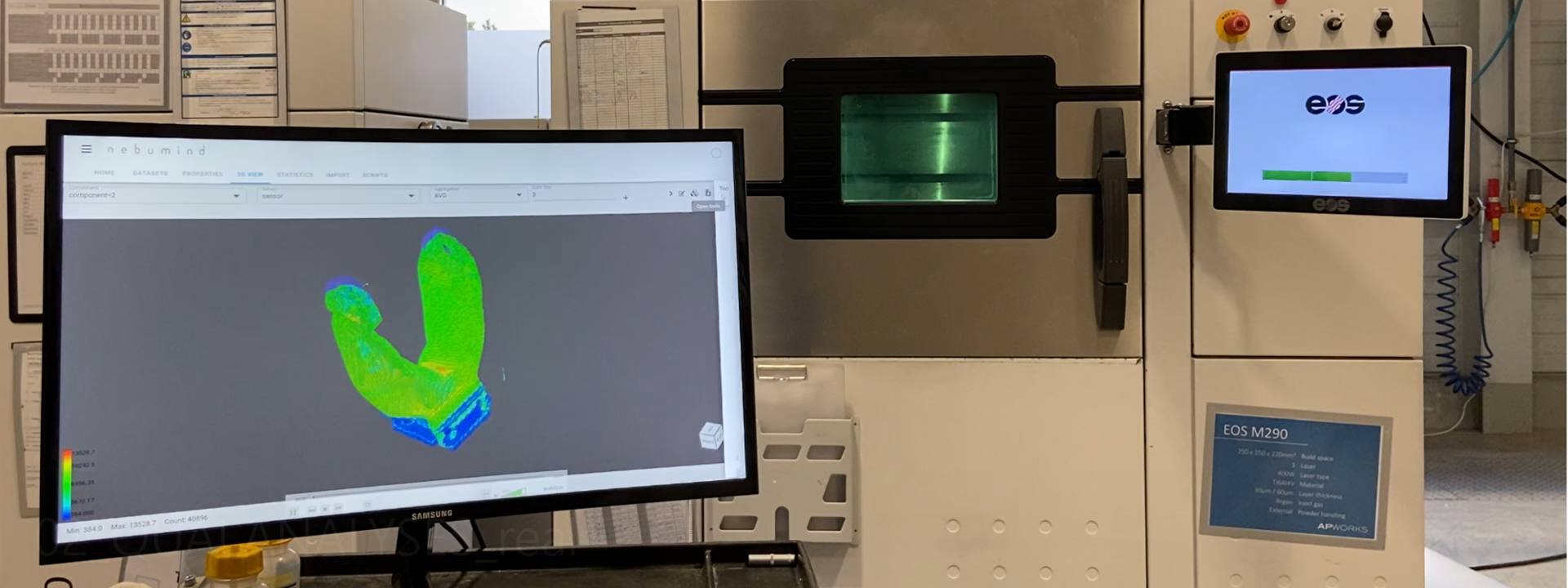


The mission of the RWTH Aachen University Chair Digital Additive Production DAP is to build deep knowhow in Additive Manufacturing (AM) and to transfer its expertise into the industry. With extensive test series, DAP examines process parameters, their complex interaction and its influences on the AM process. So far, test results were analysed manually taking considerable time. With the nebumind software, DAP is now able to gather information much more efficiently, build process understanding much faster and eventually provide the industry with expertise on more efficient AM quality control.

–
Prof. Johannes Henrich Schleifenbaum
Chair of Digital Additive Production (DAP), RWTH Aachen University
„The nebumind software has the potential to be a real gamechanger. It enables fast, simple, and automated data analysis. We can develop process knowledge more efficiently and drive the industrialization of AM. Quality assurance with nebumind’s digital twin solution can enable economies of scale even for small batch sizes with changing geometries.“

In the research and development of new manufacturing technologies, it is essential to understand the process and to control or at least monitor all possibly existing influencing variables. For this purpose, test series are performed to vary certain parameters and observe their influence on the process. In the case of metal Additive Manufacturing (more commonly known as 3D printing), for example, the laser power for melting metal powder is varied in order to describe its influence on the process. Other important parameters are the scan speed and preheating temperatures. It is important to keep such other influencing variables as constant as possible to detect and evaluate changes in the process and workpiece resulting from the variation of one specific parameter.
Evaluating changes in the process with multiple parameters
The more influencing variables there are, the more complex tests and their evaluations become. Particularly in the physically complex and sensitive metal AM process, more than 50 process parameters can play a role at microscopic level of the melting process. The common approach of examining each process parameter individually against all other process parameters becomes extremely time-consuming and complex. DAP therefore started looking for a more efficient and automatic way to collect, merge and analyse the growing amount of data and keep an overview of the analysis.
With the nebumind software DAP found a possibility to automate the examination of the production data to a large extent. Data from the printing process as well as data from other sources, such as metallographic analyses or micro-computed tomography (CT) images, are brought together in the nebumind software. So far, for the correlation of data from a variety of systems with different data formats and different coordinate systems, a great deal of manual effort was required. The nebumind software eliminates this recurring manual effort. Data is automatically merged into the same format and the same coordinate system and displayed intuitively as a “digital component twin” for further evaluation.
In case a DAP scientist detects anomalies in one of the data sources, e.g. small holes on the micro-CT images, he can analyze all other data sources at this location with a few clicks and may find out, for example, that the thermal images detected a too high temperature in the melting process. The automatic data preparation and provision in the software saves the scientist enormous time and speeds up his process learning.
Voxel-based quality assurance
With the knowledge gained about the variables that have a relevant impact on the printing result, DAP wants to use the nebumind software for higher quality assurance in a next step. Are measured values in certain spatial areas (voxels) of the printed component within their tolerance range? Was one value elevated, but the other value lower? This analysis is possible in an automated way with the nebumind software solution and will allow quality assurance even for small batch sizes in any voxel of the component.
In the long run, DAP will benefit the industry with its higher process understanding and enable a more stable AM process, higher control over the printing quality and less production scrap.
